(Continued from the previous text)
The previous episode only touched on the surface of the food, and this episode will focus on the main points.
That night, we checked into the "New Year's Day Town" located in the center of the Anji scenic area. I don't know why it has such a name; in fact, it is a very large resort for leisure and conferences. It is a five-star hotel complex, combining a resort hotel with a tourist distribution center and commercial services. It is a scenic town styled after the Ming and Qing dynasties, with over 1,400 guest rooms, a total construction area of 196,000 square meters, and a total investment of 1.2 billion yuan.
When we checked in, I started asking the front desk about local specialty foods nearby. Although I hadn't fully digested the big meal at "Great Eastern" at noon, searching for local specialties became a daily task.
That night in Anji, we had barbecue on the street, just as "Zibo barbecue" was sweeping the nation, so we chose barbecue for dinner.
On May 20, after enjoying a sumptuous buffet breakfast at the hotel, we headed to the famous Anji attraction "China Bamboo Sea."
The itinerary for that day was to go to Huzhou at noon to seek authentic Taihu river delicacies, play in Huzhou in the afternoon, and arrive at the ancient town of Nanxun in the evening.
Eating river delicacies by Taihu was a unanimous choice made by everyone before we left Beijing, but we hadn't finalized a specific restaurant. As the planner of the itinerary, I was also troubled by this. After finishing breakfast in Anji, I suddenly remembered that my mother's ancestral home is in Changxing, Huzhou. Two years ago, I came here with my family to pay respects to our ancestors, so I took out my phone and called my "big cousin." My cousin, Mr. Zang Xinmin, is the secretary-general of the Zang Clan Council and the Zang Clan Cultural Research Association in Changxing, Huzhou. He accompanied us during our ancestor worship last time. We are both 27th generation descendants, and since he is eight years older than me, we refer to each other as cousin.
Fortunately, this call not only included greetings but also solved our problem of where to eat river delicacies at noon. My big cousin specially arranged for us to go to a restaurant where locals eat river delicacies and even called the owner to prepare Taihu river seafood for our group from Beijing. It's great to have relatives like this locally; not only did it solve our lunch problem, but it also showed that Lao Wang has some face.
After visiting the Bamboo Sea, our two cars headed straight to this small restaurant by Taihu in Huzhou.
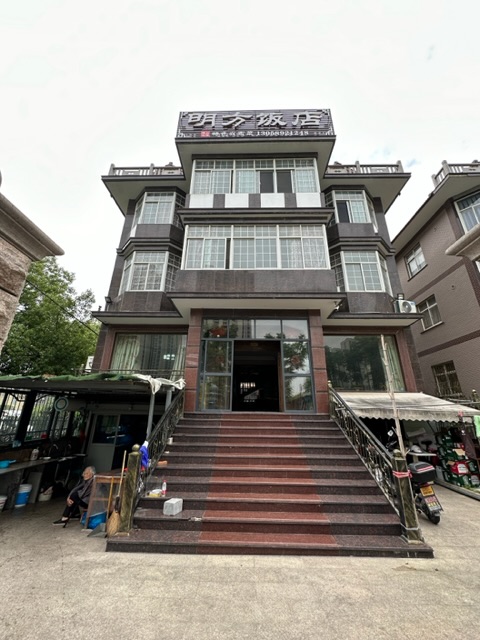
At noon, we had the most authentic "Three Whites" and wild river delicacies by Taihu.
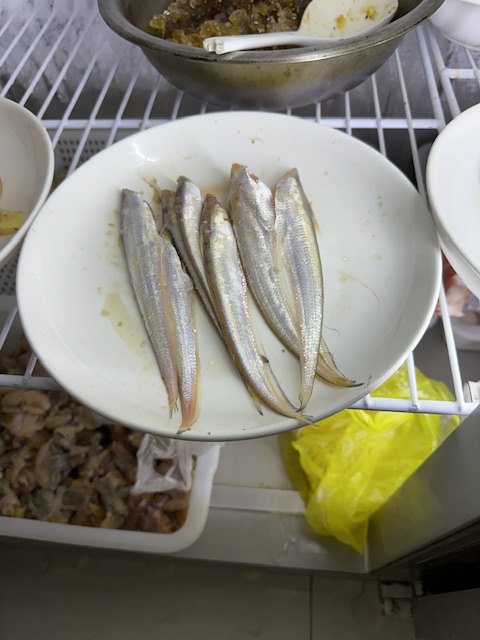
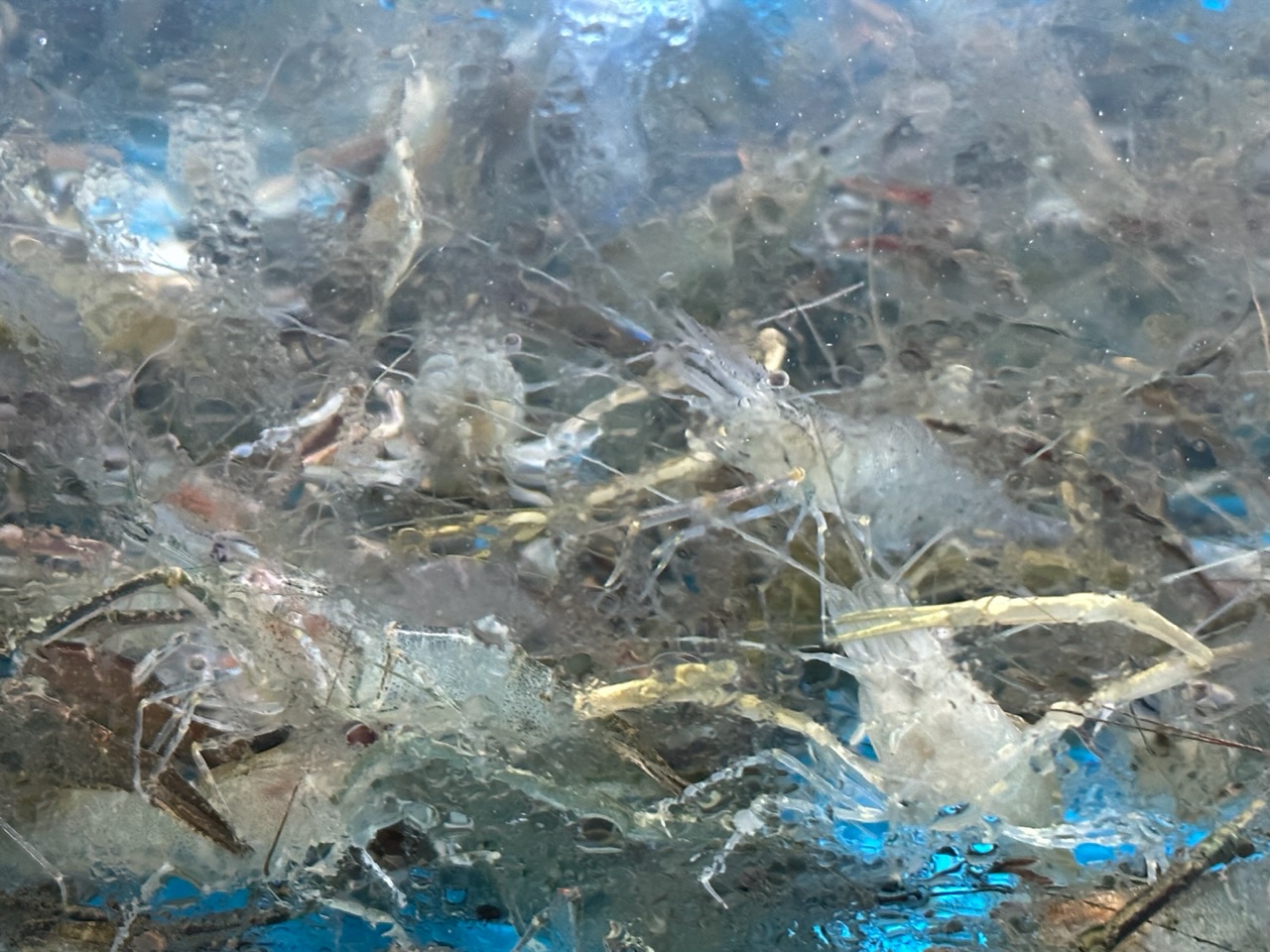
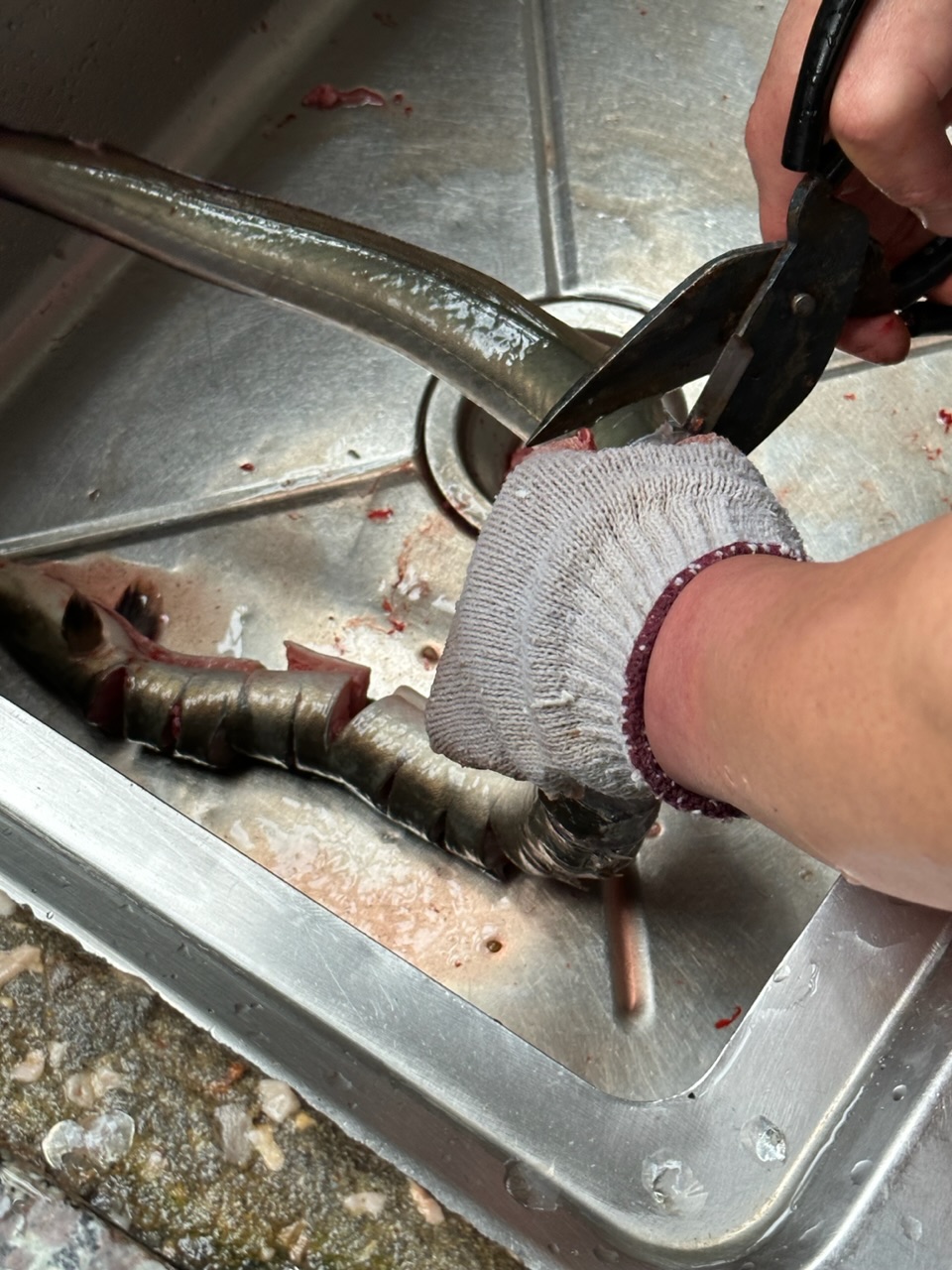
It took an hour and a half to drive from Anji Bamboo Sea to a local restaurant in my mother's ancestral home, Changxing, Huzhou, where we enjoyed a rare lunch.
Taihu white fish, white shrimp, white knife fish, and wild white river eel, along with snail meat, wild yellow eel, fresh bamboo shoots, edamame, and explosive kidney flowers...
With such good dishes, two bowls of rice were not enough.
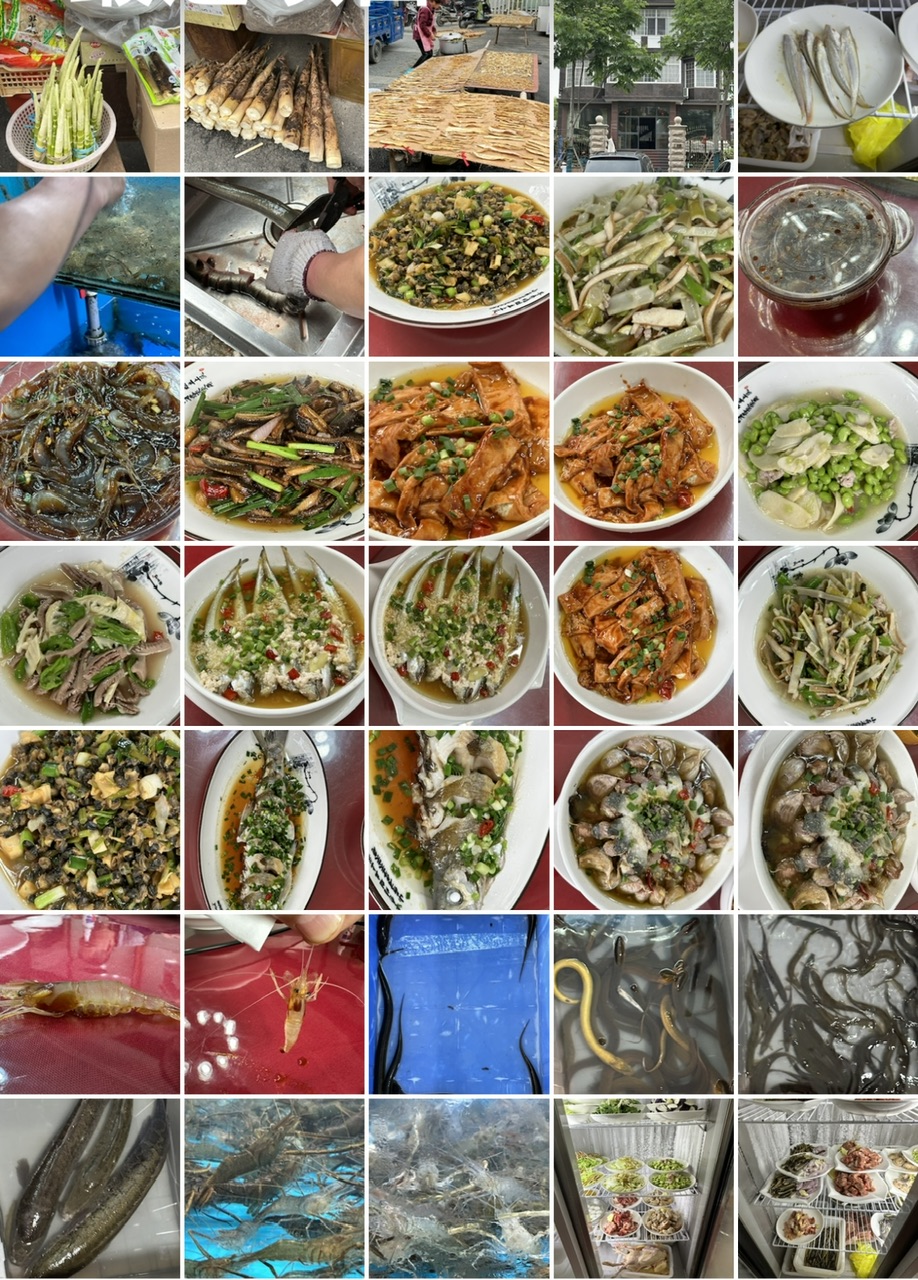
Wild Taihu river delicacies are rare and not cheap, but we were very satisfied with the local cooking methods and prices. Ten dishes cost 900 yuan, averaging 100 yuan per person.
The restaurant was not large, with four private rooms in a villa facing the street, and it was a place for locals to eat river delicacies.
Since we set off from Beijing, we had been looking forward to this meal by Taihu. This meal was truly delightful.
After the meal, we drove along the lakeside scenic avenue on the southern shore of Taihu for more than ten kilometers, then went to the ancestral hall and village in Jiapu Town, my mother's ancestral home, for sightseeing...
In the evening, we had a special late-night snack in the ancient town of Nanxun.
This was a small restaurant at the first stone bridge entering the scenic area, specializing in small wontons and tangyuan, which was quite unique; I had eaten here two years ago.
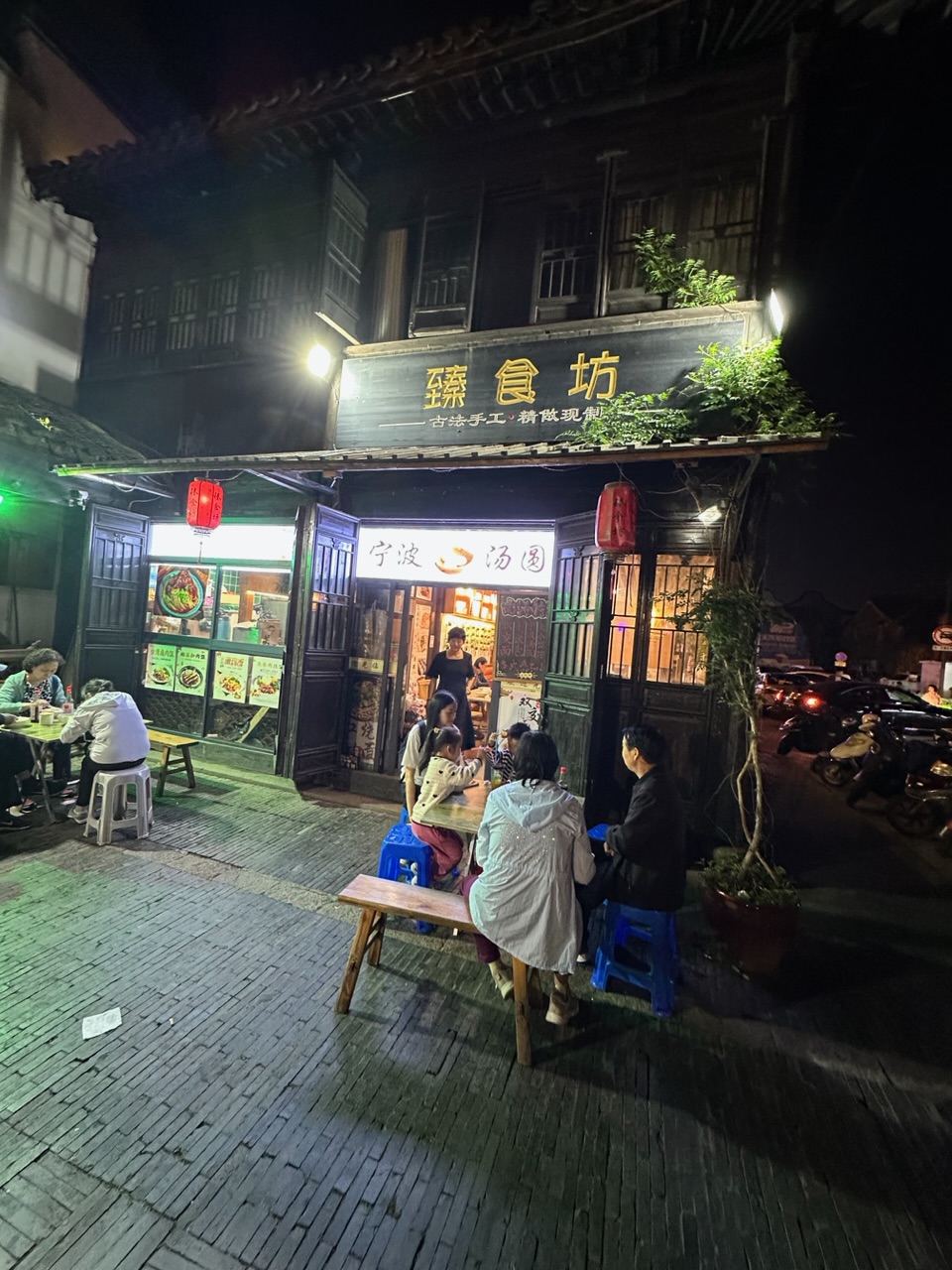
Having eaten a lot of river delicacies by Taihu at noon, we arrived at Nanxun ancient town, where there were various restaurants in the scenic area and many tourists. I led everyone to this small restaurant that mainly serves Ningbo tangyuan and wontons. The sweet tangyuan, meat tangyuan, and small wontons were really delicious!
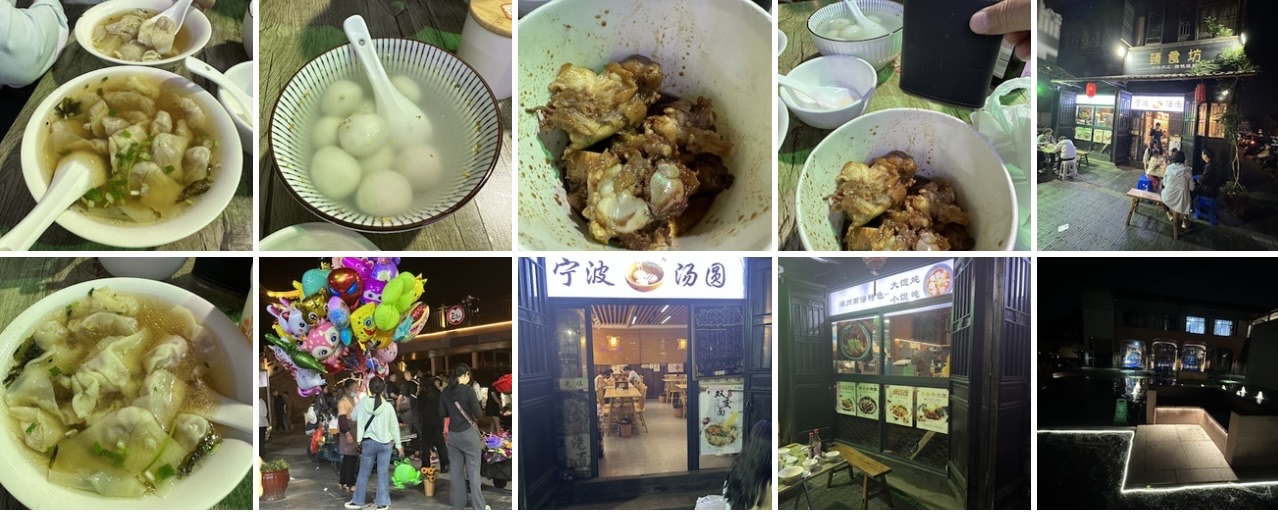
I also bought a freshly made braised pig's trotter from a riverside shop selling braised pig's trotters and hocks; it was large and meaty, only 38 yuan, cheaper than in Beijing. While gnawing on the pig's trotter, I enjoyed a little drink. I also had a bowl of small wontons and a small bowl of meat tangyuan. It was truly wonderful!
On May 21, we traveled from Nanxun ancient town to Haining, Jiaxing, which was very close. That day, we visited the Yanguan scenic area to watch the Qiantang tide in the evening and also went to Xu Zhimo's former residence.
After leaving Xu Zhimo's former residence, the nine of us split into two groups: three went to find relatives, while the six of us sought local specialty foods in Haining.
Finding local specialty foods to eat and drink has become an important part of our outing.
This trip does not involve writing any travel notes or guides; the focus is on introducing local delicacies from various places in Zhejiang.
In the evening, the six of us indeed enjoyed an authentic local meal from Haining, which was delicious and not expensive.
We searched online for Haining and found the top-ranked local restaurant, "Yixiang Village" (Union Road branch), but it was already full by 5 PM.
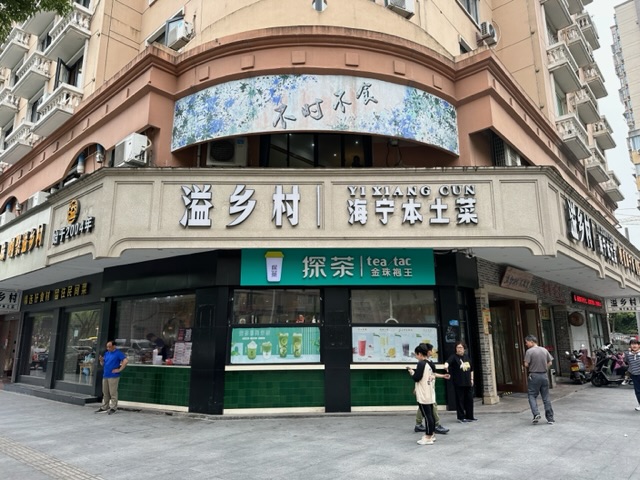
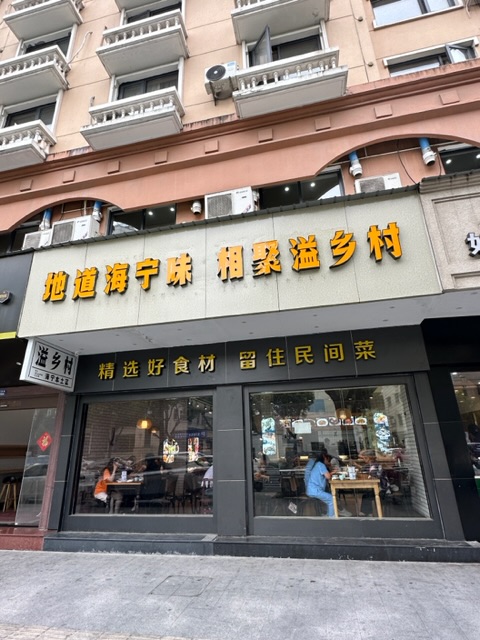
Seeing that we had come all the way from Beijing, the staff squeezed out a table for us in a corner on the second floor.
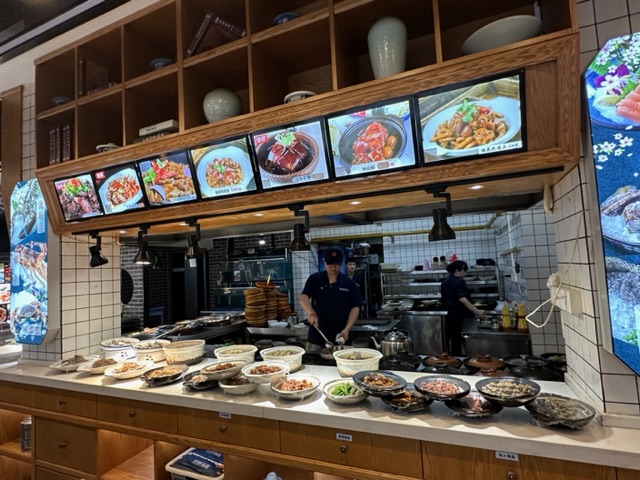
Clear soup fish balls, stir-fried zucchini, oil-soaked river snails, fresh meat juice radish, pig tail duck feet, taro, and pickled vegetables with tofu skin were the main dishes served with rice.
Six people, seven dishes, and the total cost was only 236 yuan. This price for a meal in Beijing is truly unimaginable.
Each dish was really special, and we enjoyed the meal; Haining cuisine is indeed delicious and affordable.
On May 22, we traveled from Haining to visit the Jiang family residence in Xikou, and then checked into a hotel in Linhai, Taizhou. Specifically, we arranged to go to Wenzhou and Taizhou to eat famous small seafood.
By the time we checked into the hotel, it was already 4 PM, so I immediately inquired at the front desk and searched online for local specialty restaurants. There is a food street called Renmin Road, less than two kilometers from the hotel.
There is a restaurant called "Jiantiao Small Seafood," ranked first locally, and we decided to choose this place.
We had long planned to come here to taste Taizhou cuisine!
That day, we drove for nearly five hours in total. In the morning, we crossed the Hangzhou Bay Bridge (35 kilometers long) in heavy rain from Haining to visit the Jiang family residence in Xikou, then continued on to Linhai, Taizhou.
Upon arriving at the restaurant, the counter and tanks were filled with various seafood, which truly opened our eyes as Beijing diners; it was indeed as famous as advertised!
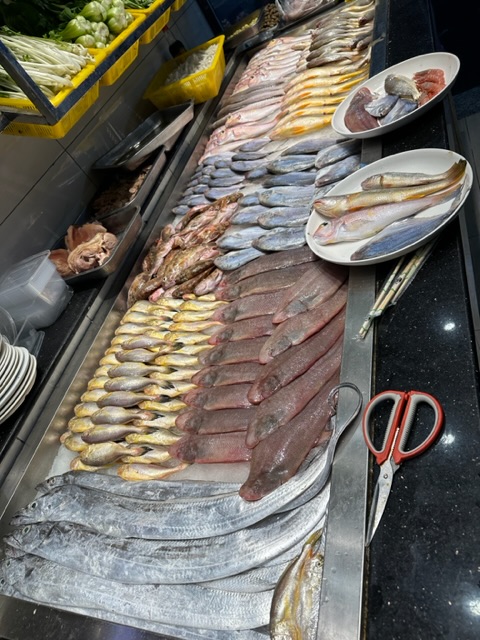
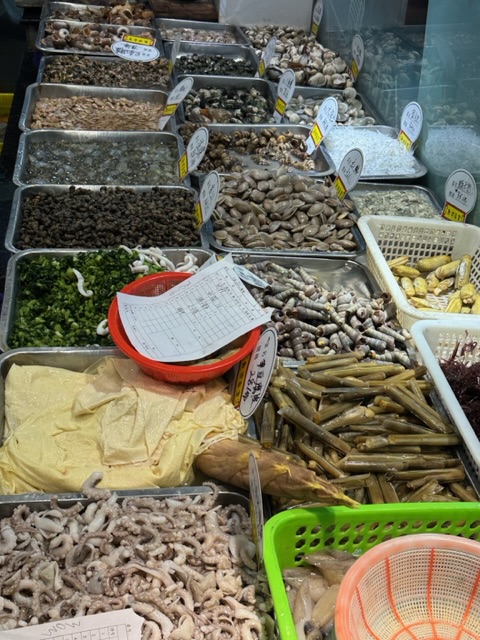
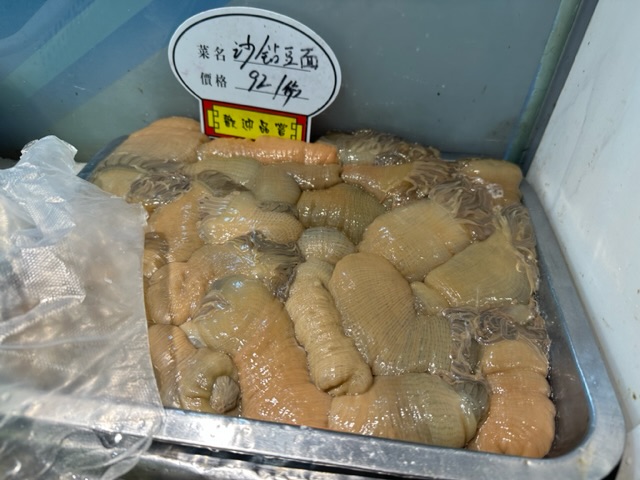
This is the special sand drill introduced by Brother Qingjie, who has millions of fans. We had to order this dish.
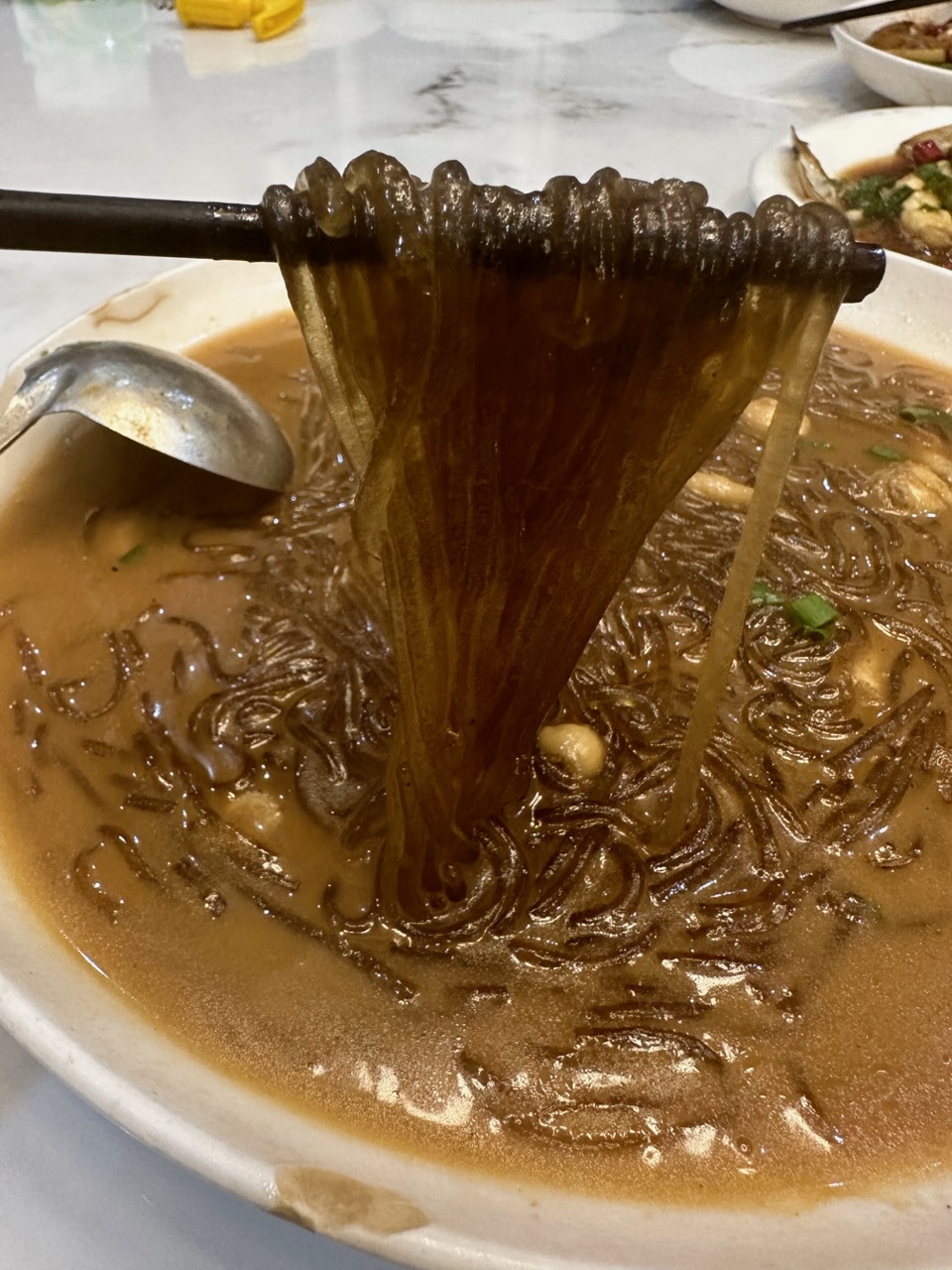
After ordering, the staff said we had ordered a feast.
Braised mixed seafood, sand drill (a type of seafood) with bean flour, braised small squid, tofu fish, scallion braised bamboo eel, steamed mei tong fish, boiled wild red shrimp, scallion oil mud snails, silver fish omelet, tiger head fish tofu soup, local snow cabbage, and homemade tofu skin... a total of thirteen dishes.
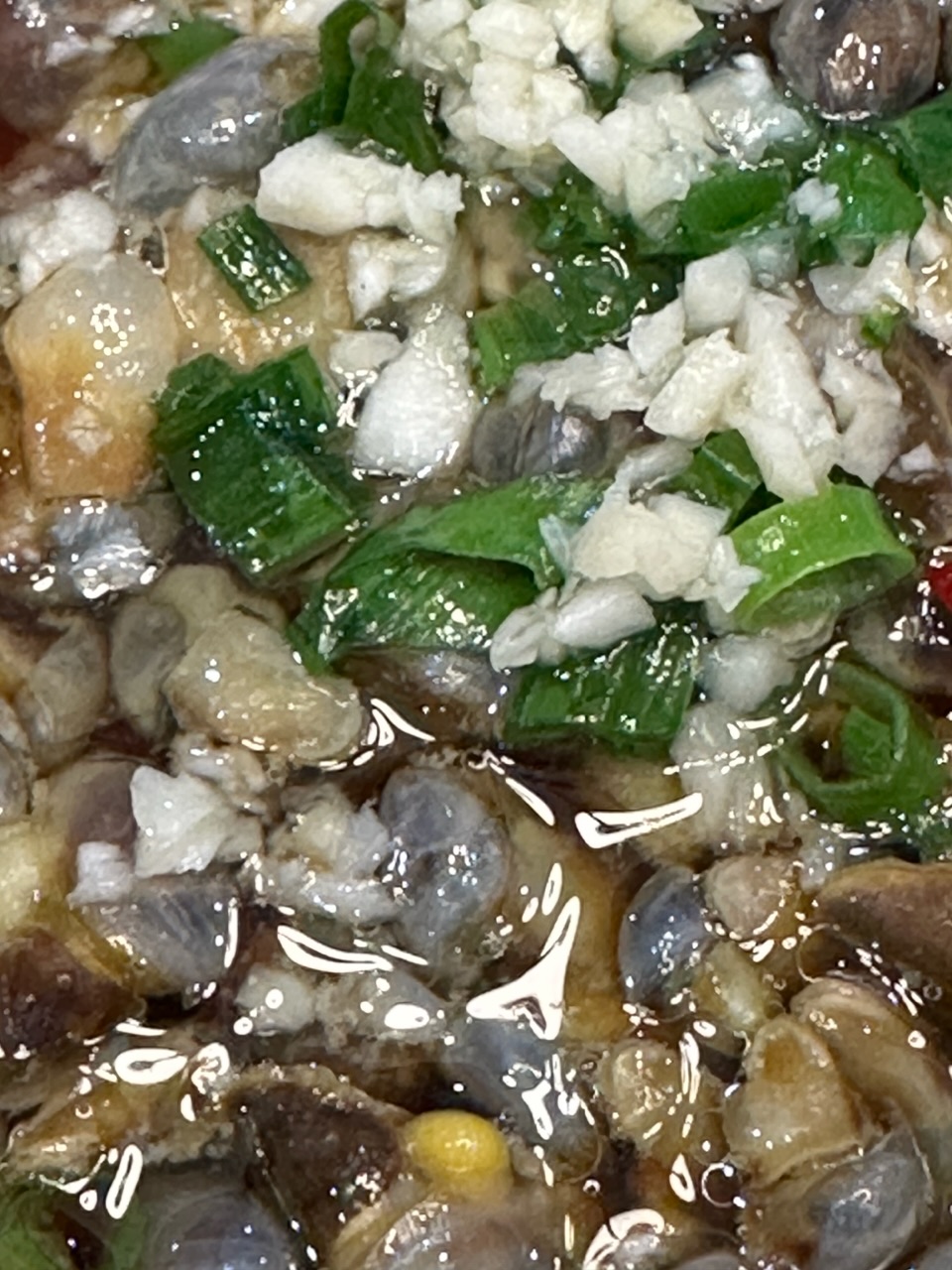
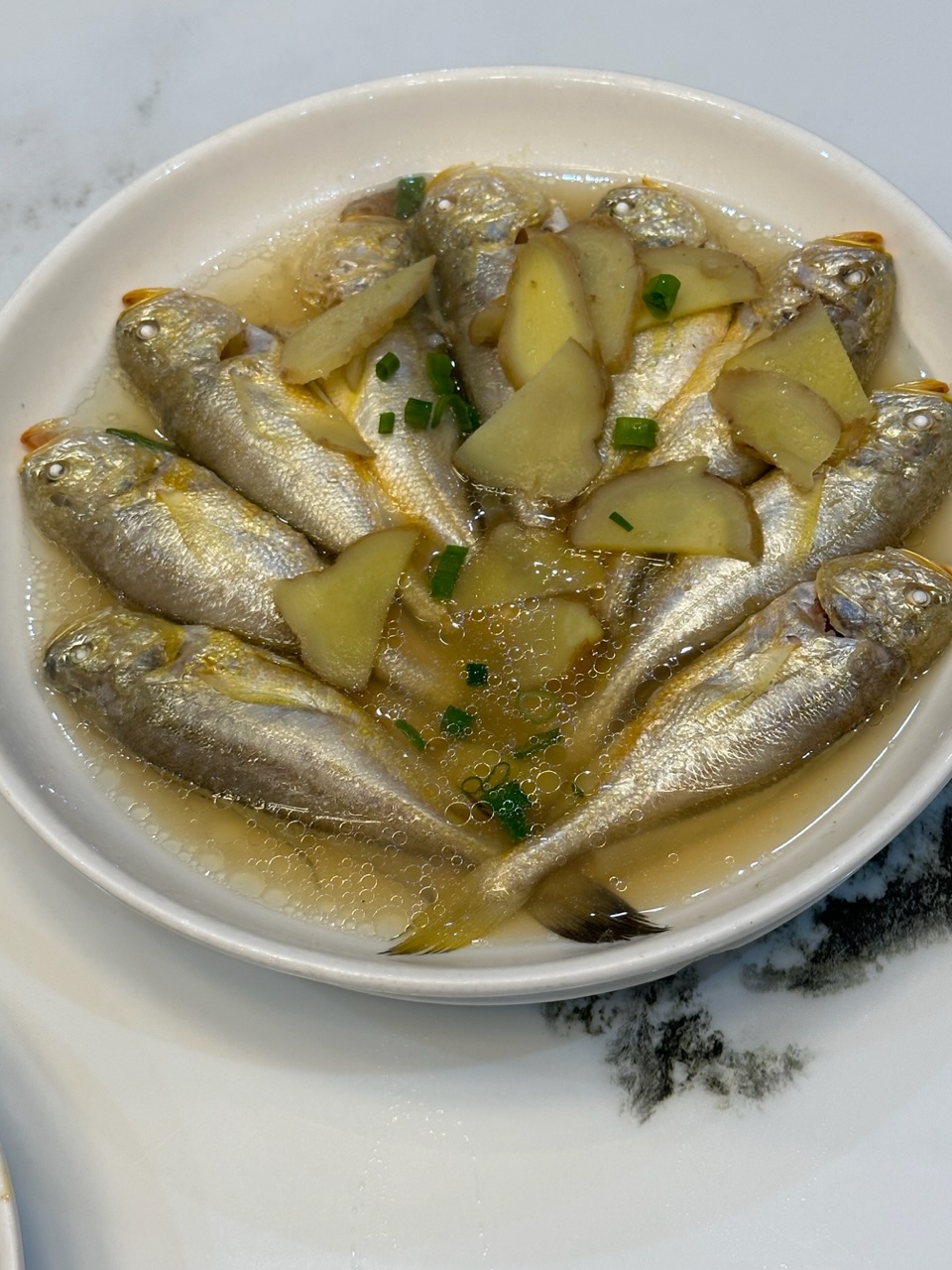
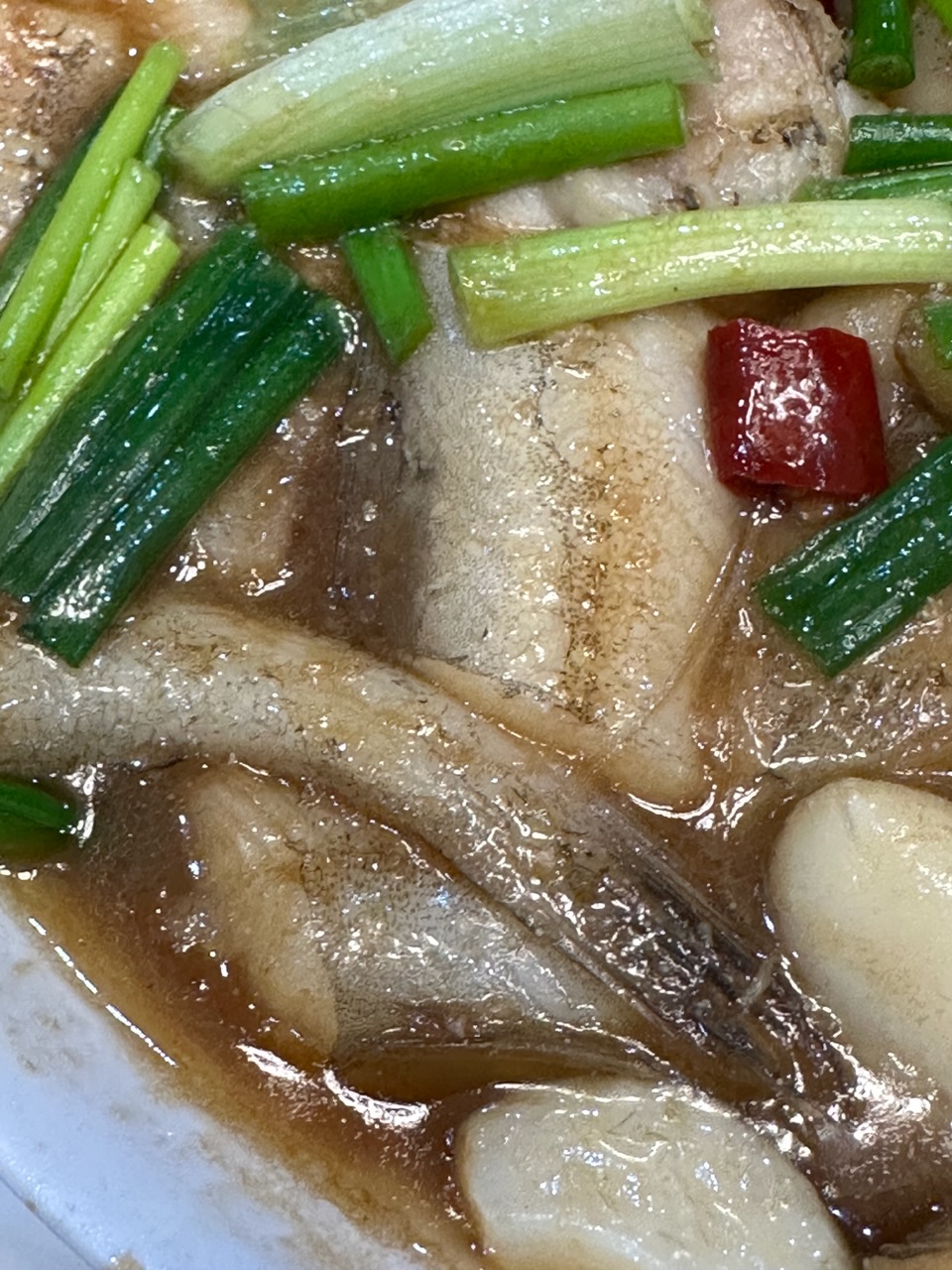
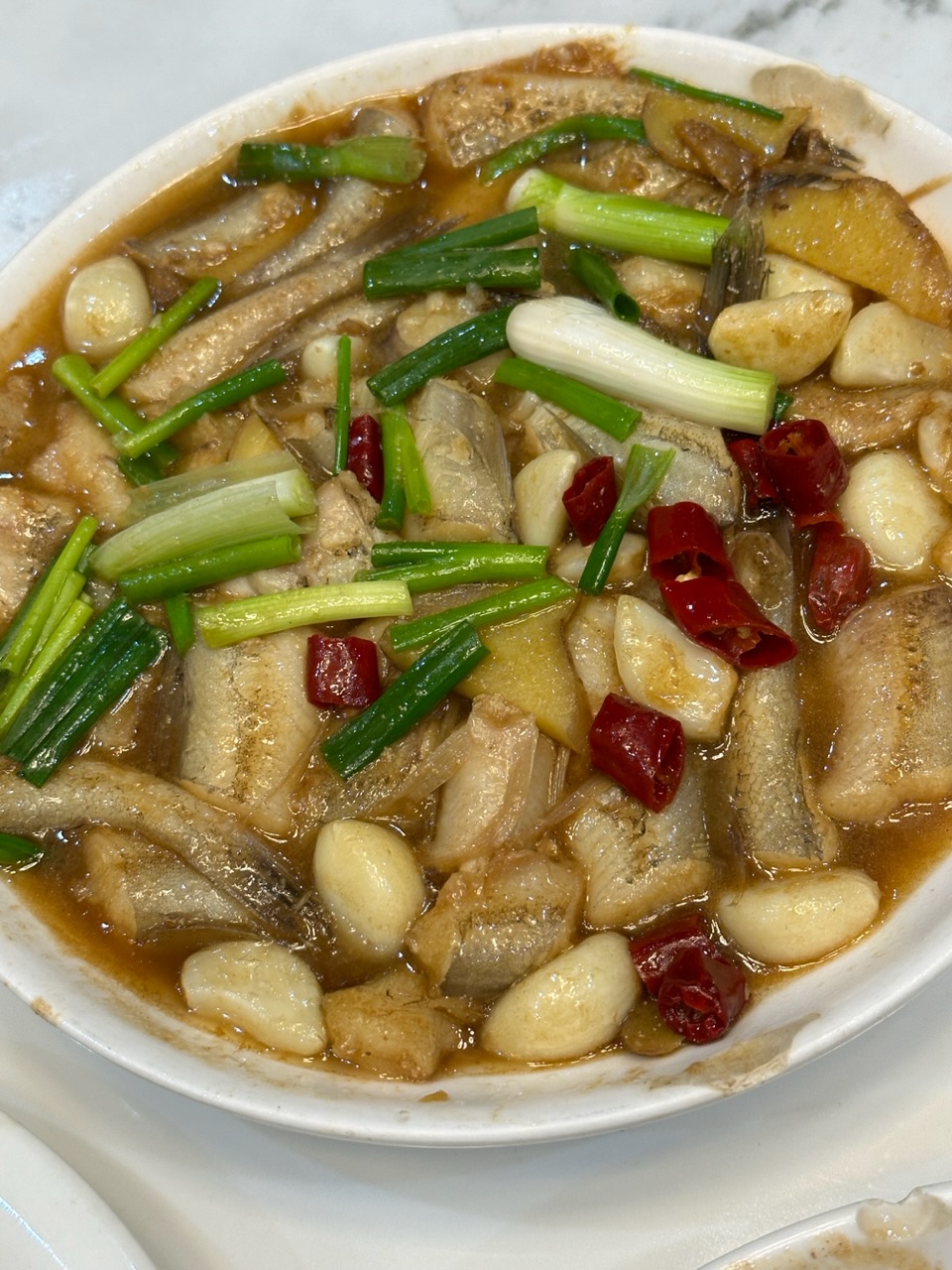
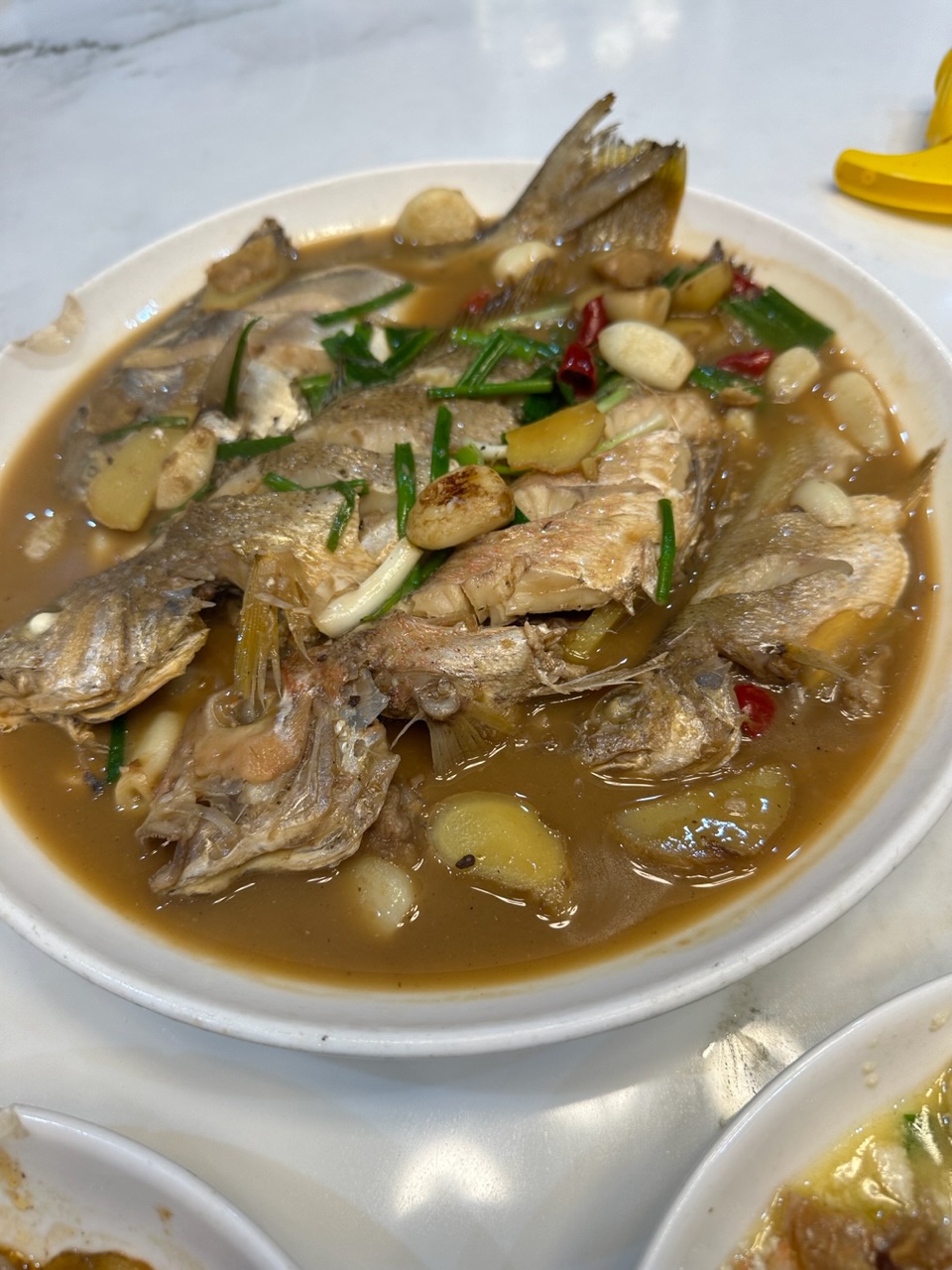
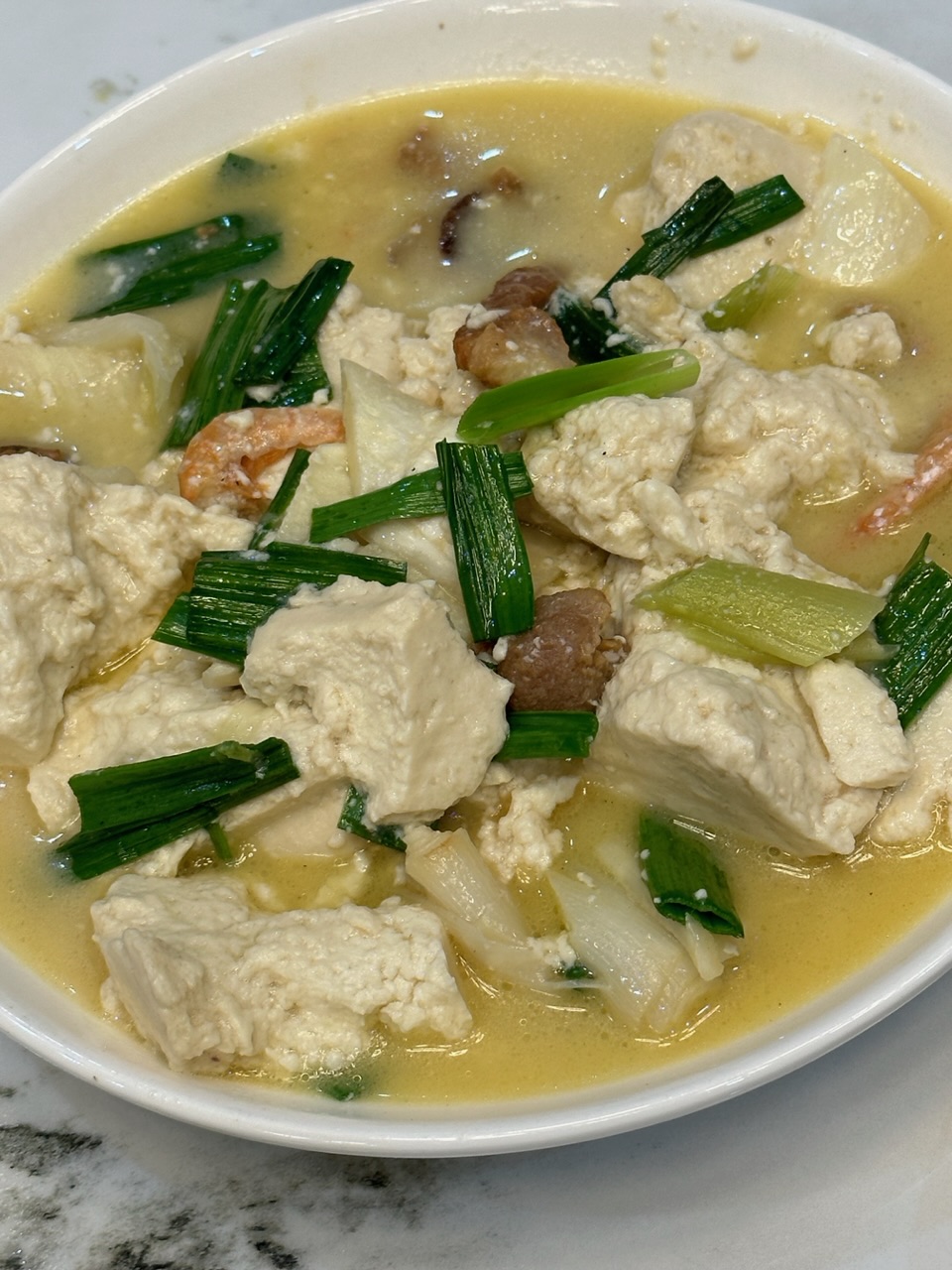
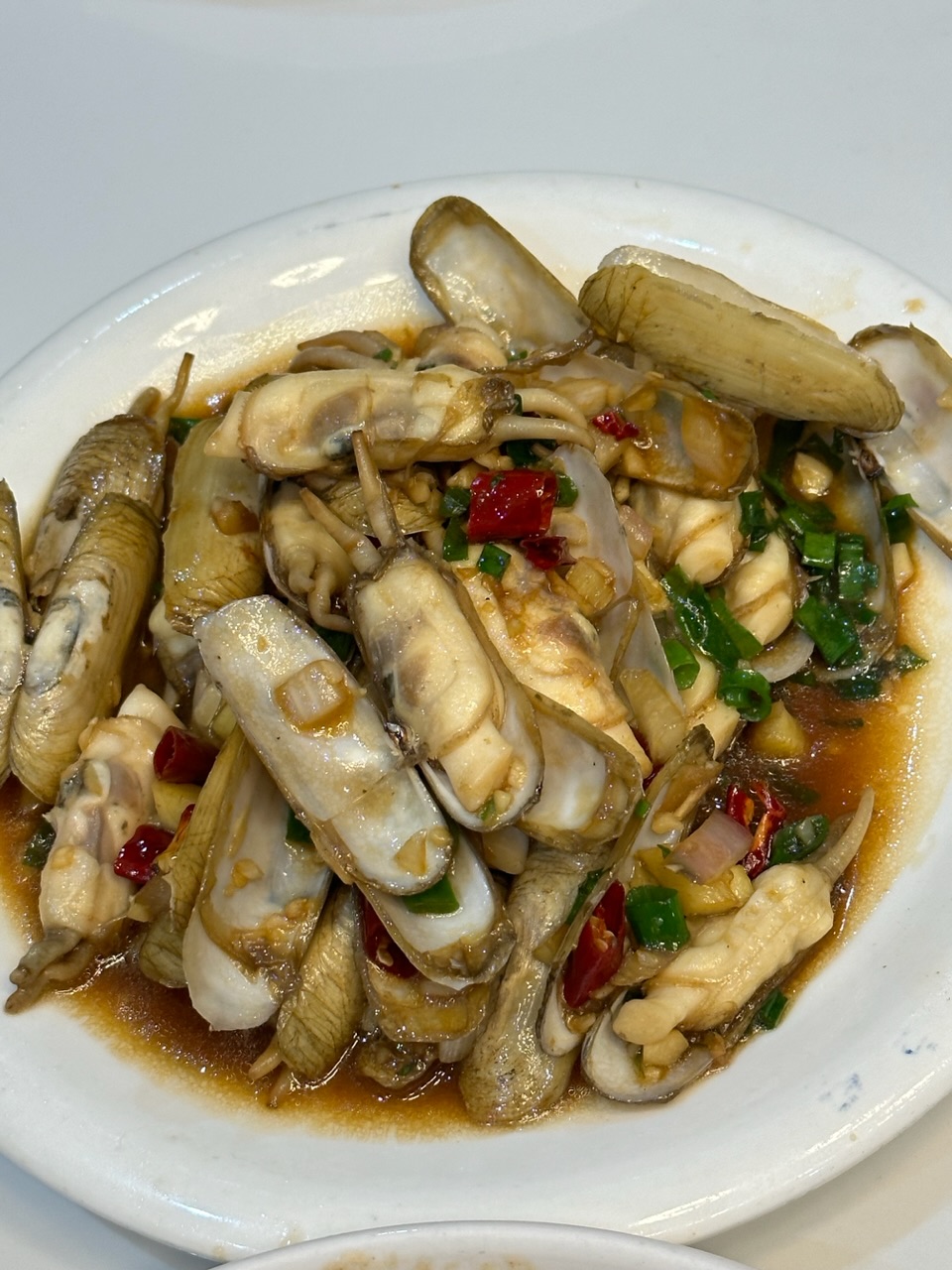
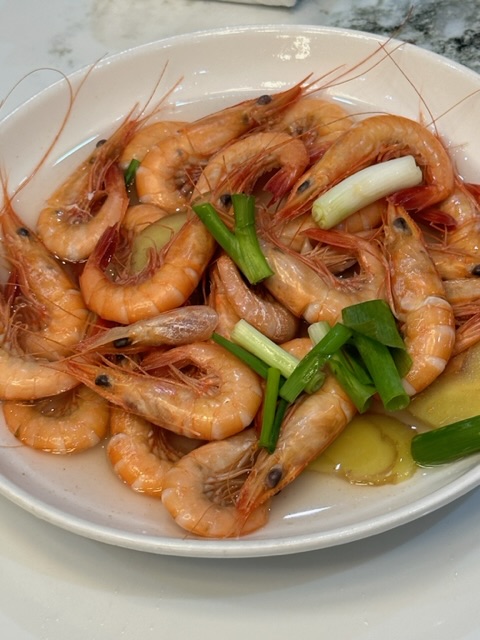
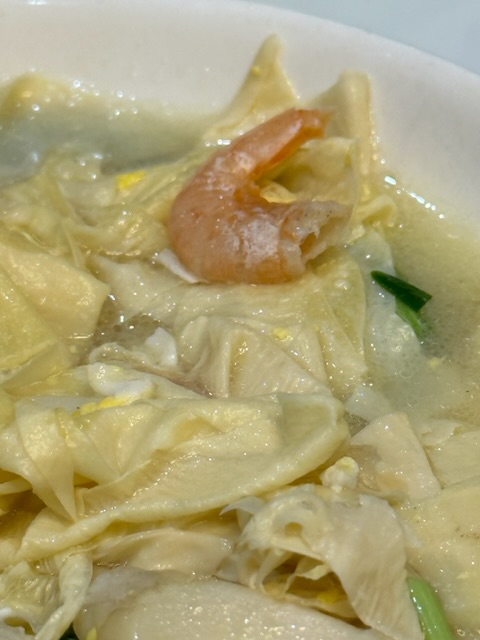
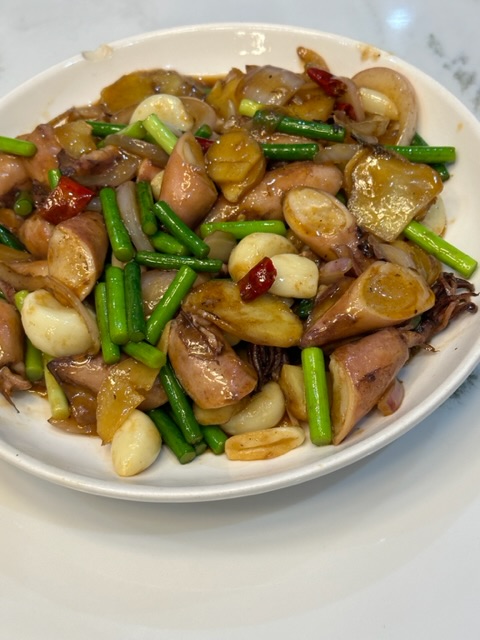
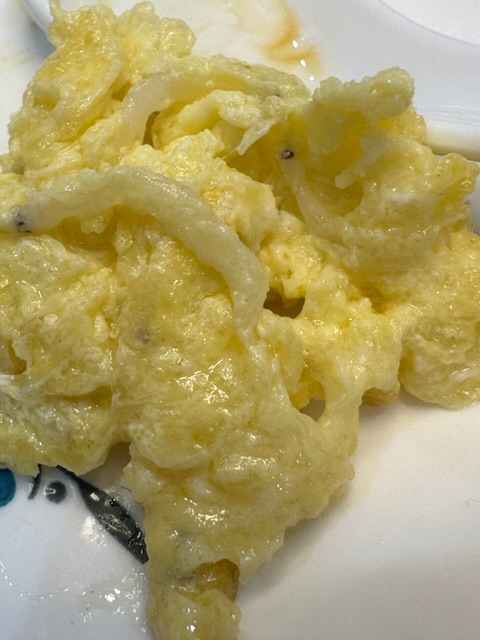
The final bill was 930 yuan for eight people, averaging 116.25 yuan per person.
Incredible value!
This seafood meal made me remember Renmin Road in Linhai, Taizhou, a gathering place for locals to eat small seafood, and the top-ranked restaurant there is the "Jiantiao Small Seafood Restaurant" we visited.
Originally, the subsequent itinerary included Yandang Mountain and Taishun, but that night one of the companions had a fever and tested positive for COVID-19 (first positive), so our follow-up plans were canceled, so I will stop writing about Zhejiang cuisine here for now.
Zhejiang cuisine, one of the eight major cuisines, is truly delicious. It originates from Zhejiang, which is adjacent to the East China Sea, with a mild climate and fertile land, producing a variety of fruits and vegetables; the rivers are dense, and water resources are abundant, with seasonal fresh produce available year-round; the hilly southwestern region is rich in mountain delicacies, all of which provide ample and rich ingredients for cooking.
Therefore, an important part of our self-driving tour in some areas of Zhejiang was to seek out local delicacies and enjoy authentic Zhejiang cuisine.
(To be continued)
